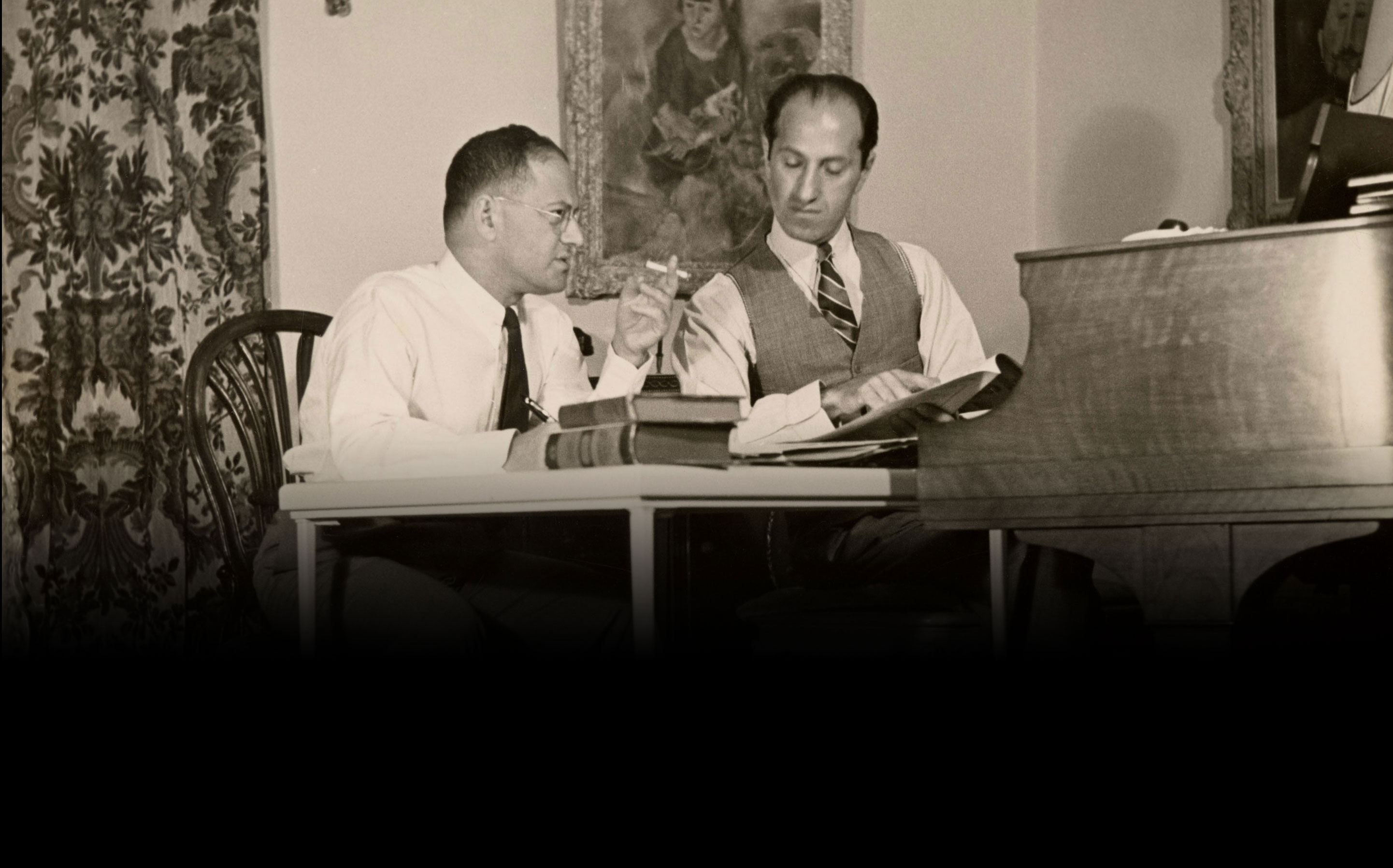U-M ORCHESTRA TO PERFORM NEW CRITICAL EDITIONS OF GERSHWIN MASTERPIECES
Today we’d like to share the wonderful piece Marilou Carlin wrote to feature our upcoming test performenace here in Ann Arbor. This story first featured on the UM Arts and Culture page, which is well worth a visit! September 15, 2016 By Marilou Carlin George Gershwin (left), James Rosenberg, percussionist for Cincinnati Symphony (center), and tenor Richard Crooks (right), pose with taxi horns from “An American in Paris” on February 28, 1929. Photo courtesy the Ira & Leonore Gershwin Trusts. The University Symphony Orchestra at the University of Michigan will perform two George Gershwin masterpieces—”An American in Paris” (1928) and “Concerto in F” (1925)—in new critical editions that reveal, for the first time in decades, the composer’s original intent for the […]
